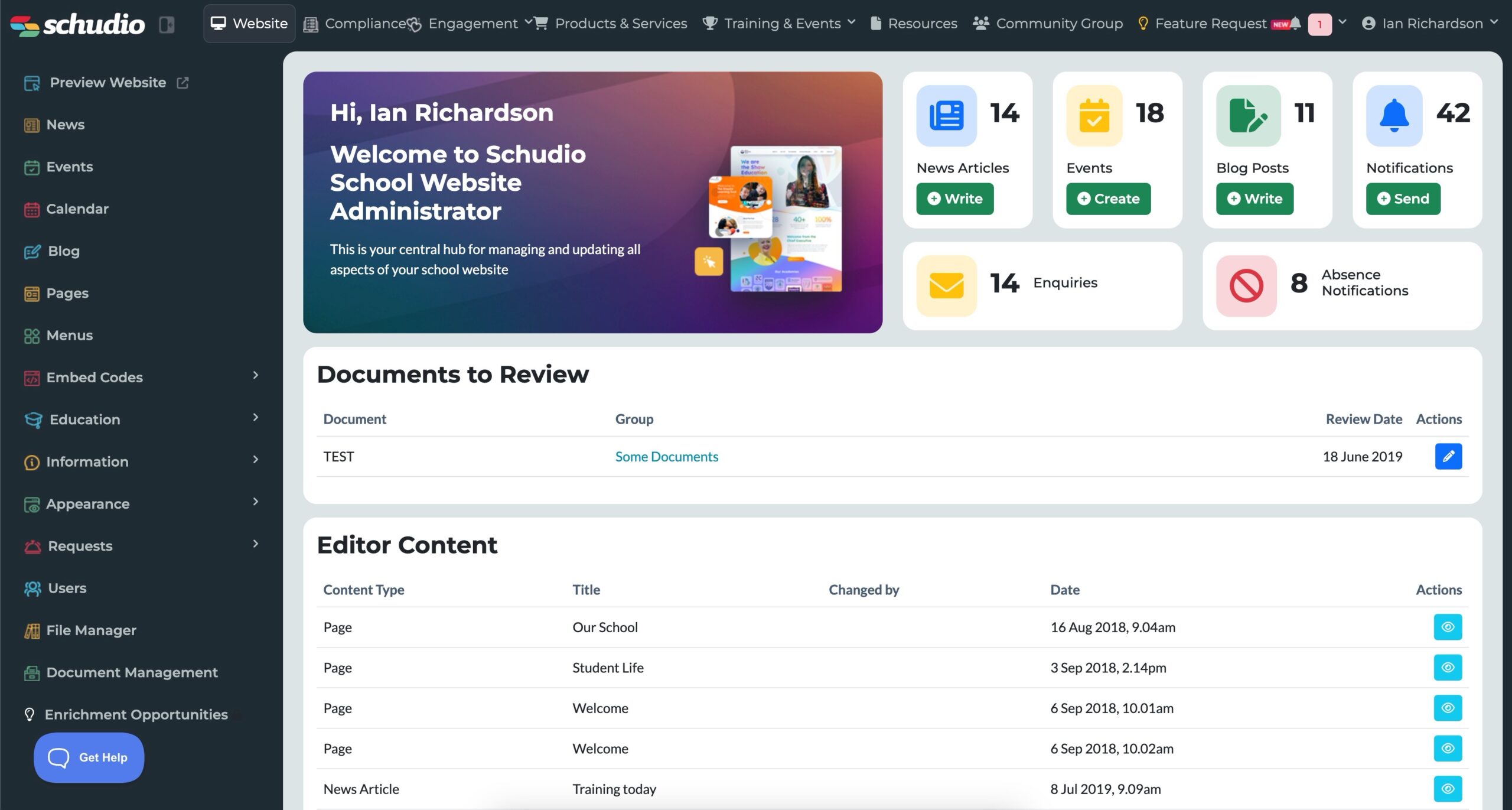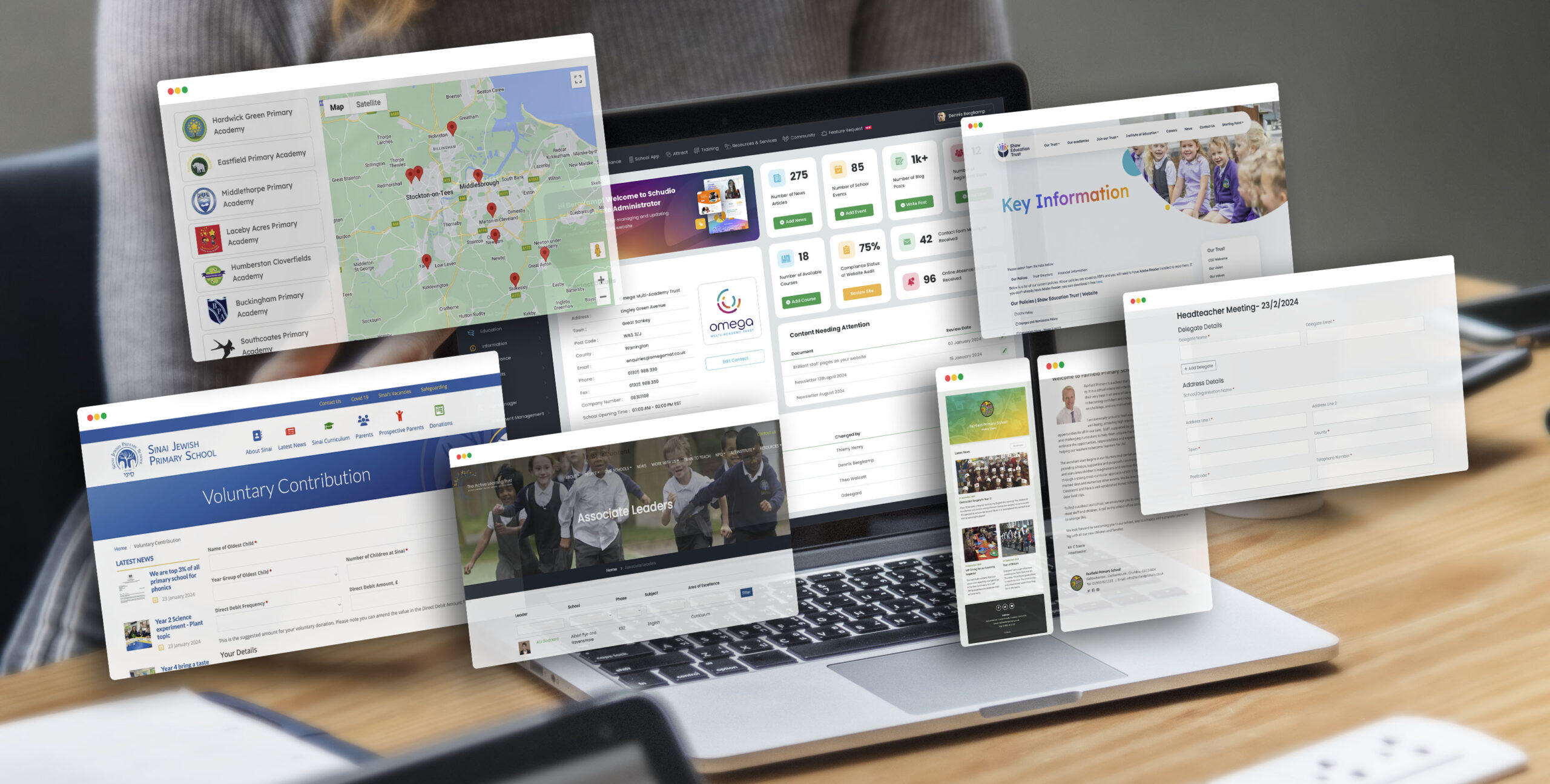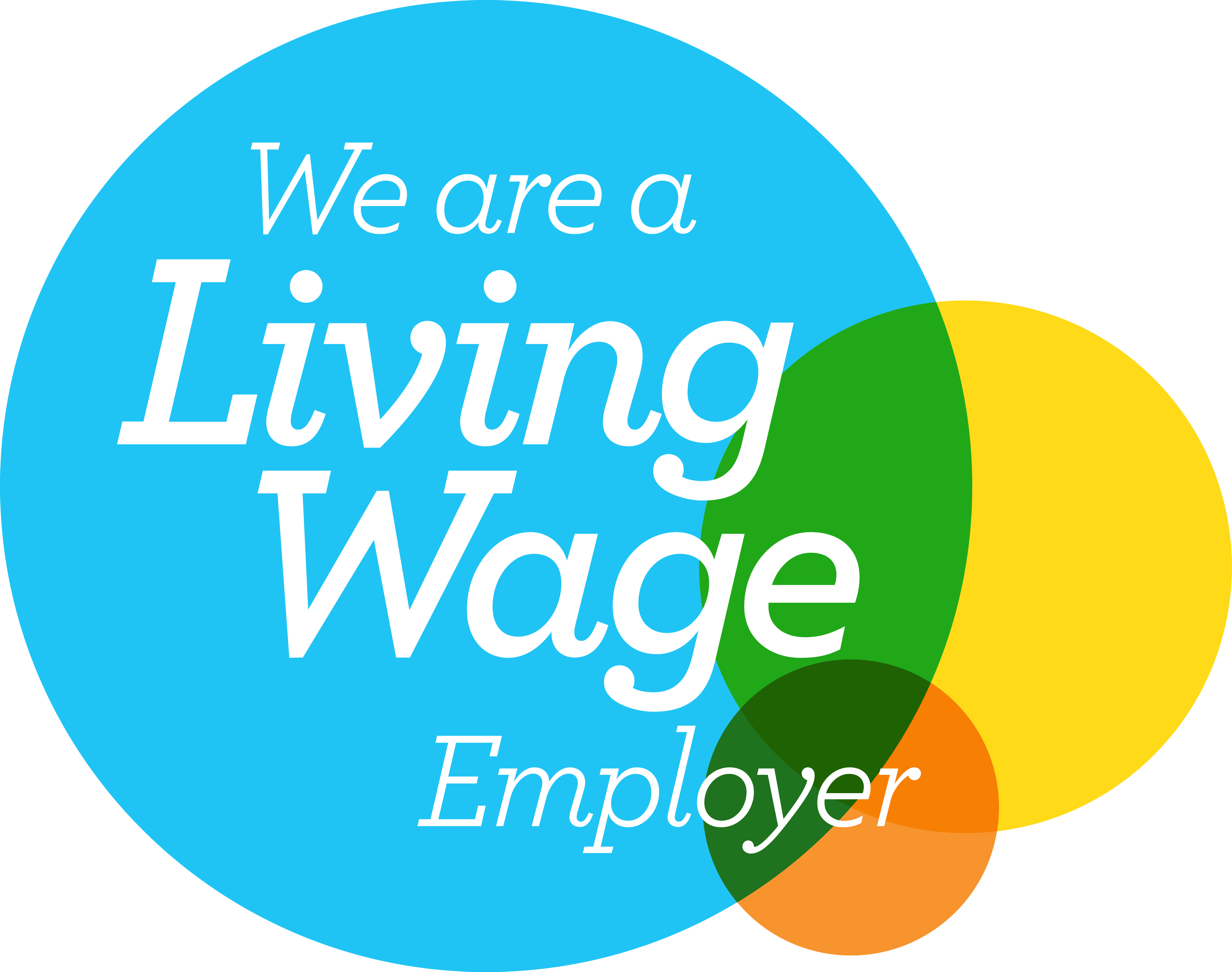9 School Blogging Insights for 2019 – proof your school needs a blog
9 School Blogging Insights for 2019 – proof your school needs a blog

Blogs are incredibly powerful in portraying school in the richest, most powerful light. Parents, prospective parents and inspectors all use your school website as the first step to learn about your school. Your school blog is a tool that you cannot ignore. Here’s the very latest school blogging stats and insights to prove it.
Class blogs can improve parental engagement
“Teachers reported that blogging could enhance relationships between pupils and teachers and between schools and homes. Though parents do not always comment on the school blogs, pupils reported that many follow the blogs and are interested in what classes are writing.” (Source: Education Development Trust)
Students love writing blogs
“Blogging enthused the pupils in this study and gave them access to new kinds of writing and new audiences. In fact, this link between greater audiences seemed to act as a motivating factor, as they were very interested in the wider audiences for their writing and some demonstrated they were aware of these audiences as they wrote.” (Source: Education Development Trust)
Blogging has an impact on your Google rankings
Not guaranteed but, research has found that featuring a regularly updated blog on your website will give you a 434% better chance to be ranked highly on Google. Using a blog in school can have a profound impact on the ability for users to find your school online. (Source: Tech Client)
A good blog post takes time … doesn’t it?
As of 2018, the average blog post takes 3 hours and 16 minutes to write. Who on earth has that kind of time in a school, I hear you ask!? It’s absolutely vital that you do create rich, detailed content for your school website as much as possible. It’s also true this has to be balanced with real life. Get your students blogging. See point 2. Students love blogging! You’ll have rich content for your website that is all about what the students want to talk about. (Source: Orbit Media)
Titles with 6-13 words attract the highest and most consistent amount of traffic.
It’s a bit of a minefield to get started with writing a blog. Most people find it hard going at first. One of the most important things to learn is how to write a good title. Here’s a tip, keep it to within 6-13 words. Keep it short, pithy, relevant to your content and to the point. Why? Because it will attract readers and help power your website up the rankings. (Source: Hubspot)
Organisations that write blogs more frequently report stronger results
The evidence is stark. Organisations that publish 16+ blog posts or more, per month got almost 3.5 times as much website traffic. Yowsers. We don’t publish that much content because we’re a small organisation and we want to keep the quality high. We know that’s true for schools too. So, what’s the sweet point? If you’re using blogs within school as a teaching aid, i.e. your students are blogging, 16+ should be a breeze. Go for it! Aim as high as possible and keep the content flowing. It will have a direct impact on how many website visitors you get.
If you’re not using a blog for that purpose, think about how you might write content within school more frequently. Make sure it’s content that is worth writing. It must have a purpose. But get on it. (Source: Hubspot)
Photos in your blog posts will make more people read them
Again, we can’t argue with a hard fact. Blog posts with images get 94% more views than those without. That’s why in News, Events and Blogs in the Schudio School Website Software, it’s incredibly easy to add a photo. From any device. ALWAYS add photos to your content. (Source: Jeff Bullas)
Blogging in school can improve home-school communication
“Effective two-way communication between home and school is so important. Many parents and families enjoying using a class (or student) blog as a virtual “window into the classroom”. Through commenting, families can be a part of what is happening in the classroom and have real time access to their child’s education. I also love the way that information published on a class blog can be used as conversation starters at home.” (Source: Kathleen A Morris)
Blogging works right across the curriculum
“While blogging as an ideal avenue for teaching and learning literacy, blogs can also be used in any subject area: maths, history, physical education, art…the list goes on!
Maths can be incorporated into blogging in so many different ways. For example, I used to use Clustrmaps on a daily basis for authentic place value discussions. I also created the Our World, Our Numbers global blogging project to explore maths concepts with other blogging classes around the world.
In any subject, you can showcase learning, post reflections, post question prompts, and embed all sorts of tools.” ((Source: Kathleen A Morris)
The power of blogging in school isn’t to be ignored or underestimated. But what about next steps? Here’s a couple of avenues you might want to think through.
- Blogging as a member of school staff – as a Headteacher, teacher or member of support staff? It doesn’t matter where you sit within school, there is an opportunity to have a voice. A blog is great to allow that voice to be heard.
- Get your students blogging – the evidence is there that blogging can be a hugely powerful tool. Make sure that you have software that enables you to effectively manage a school-wide blog. You’ll be looking for features such as content approval, comment approval and full blog categories. Find out more about Schudio’s School Website Software which includes all these features and more.
If you’re looking for a solution to get you started or would like to chat through the power of blogging in more detail, get in touch!











